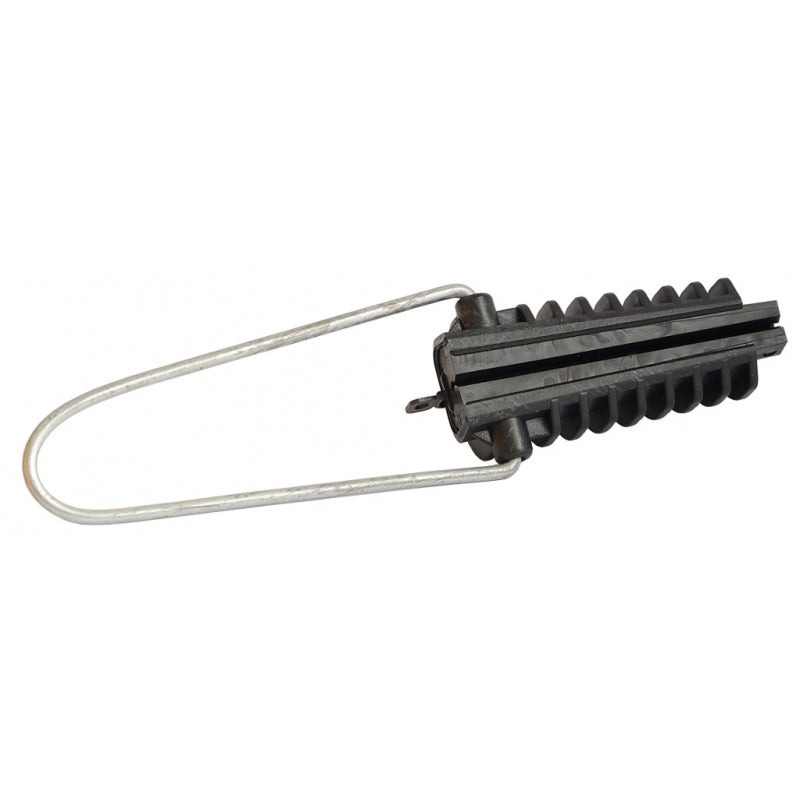In the world of overhead line construction and electrical distribution systems, reliable and secure connections are crucial for safety and operational efficiency. One of the essential components in this infrastructure is the anchor clamp. Designed to provide firm, mechanical anchoring of cables or conductors, wedge anchoring clamps play a pivotal role in securing overhead lines, particularly in tensioning and dead-ending applications.
What is a Wedge Anchoring Clamp?
A Wedge Anchoring Clamp is a mechanical device used to grip and hold overhead conductors or insulated cables in place, especially in power distribution networks. Its structure typically includes:
-
A main body, often made of high-strength, corrosion-resistant materials such as aluminum alloy or polymer.
-
A wedge, which slides into the clamp and creates a locking mechanism through mechanical pressure.
-
Jaws or grooves to accommodate the specific cable size and enhance grip.
-
A bail or eye fitting, used to attach the clamp to poles or supporting structures.
The wedge design ensures that as tension increases on the cable, the wedge tightens, enhancing the grip and minimizing slippage. This makes it ideal for environments where stability and strength are non-negotiable.
Key Features
-
Self-tightening mechanism: The more tension applied, the tighter the grip.
-
Tool-free installation: Most models are designed for quick and easy installation without special tools.
-
Weather and UV resistant: Made to withstand harsh outdoor environments.
-
Applicable for various cable sizes: Available in different sizes and configurations for LV (Low Voltage) and MV (Medium Voltage) ABC (Aerial Bundled Cable) systems.
Applications
Wedge anchoring clamps are widely used in:
-
Overhead electrical distribution networks.
-
Securing Aerial Bundled Cables (ABC) to poles.
-
Tensioning lines at terminal or intermediate poles.
-
Rural electrification projects.
-
Utility maintenance and upgrades.
Benefits
-
Durability: Built to last in all weather conditions.
-
Safety: Prevents cable slippage and line sagging.
-
Efficiency: Speeds up installation and reduces labor costs.
-
Flexibility: Adaptable to various conductor types and diameters.
Conclusion
The Wedge Anchoring Clamp may seem like a small component in the grand scheme of electrical infrastructure, but its importance cannot be overstated. By ensuring a secure, durable, and easily installed connection for overhead lines, it contributes significantly to the reliability and safety of power distribution systems.
